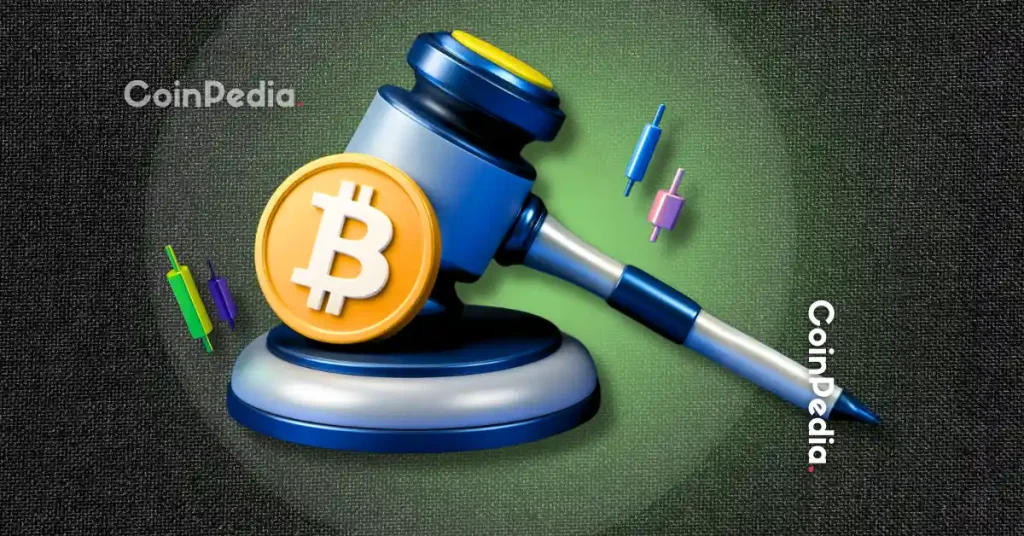ARTICLE AD BOX
For years, crypto advocates have insisted that blockchains would one day power everything from messaging to micro‑payments. Coinbase now claims that the future is arriving, inside a single icon on your phone.
On 16 July, the exchange quietly began rolling out “Base App,” a rebuilt version of its mobile wallet that mashes trading, payments, social media, and on‑device AI agents. The limited beta, open only to wait‑listed users for now, marks the boldest consumer pivot in Coinbase’s 12‑year history and turns its in‑house layer‑2 network, Base, into the backbone of the experience.
“Every post in the app is a coin,” the product blog teased, framing the redesign as a way for creators to mint and monetise content on the fly.
From exchange fees to platform flywheels
Coinbase still earns the bulk of its revenue from trading spreads, a line item that regulators, rivals, and bear markets have all threatened to compress. CEO Brian Armstrong has therefore spent the past two years sketching a broader ambition: an American counterpart to China’s WeChat, where money, chat, and e‑commerce co‑exist.
At the State of Crypto Summit in June 2023, Armstrong argued that a “super‑app” anchored to open protocols, rather than Apple’s or Google’s walled gardens, could unlock radically lower fees and novel business models.
The building blocks fell into place quickly. Coinbase launched Base as an Ethereum roll‑up in 2023, cut average block times to 200 ms this spring with a “Flashblocks” upgrade, and now counts 32 million active monthly users holding $4 billion in bridged assets on the network.
Inside the Base App
Open the new app, and the first screen is no longer an asset list but a TikTok‑style feed pulling from Farcaster, a decentralised social graph. Instead of hearts, each post is minted via Zora, meaning it can be tipped with USDC or flipped on secondary markets. The mechanism lets users “own” their timelines and gives Coinbase a tiny slice of every resale.
A “Pay” tab turns any NFC‑equipped smartphone into a contactless card reader. Senders pick an amount in USDC; receivers tap to collect, and there are no interchange fees or settlement lag. The move helps Coinbase sidestep the 1.5–3 % toll banks and card networks levy on merchants.
Traditional spot, perpetual, and staking live one tap away, but Base App also hosts third‑party “mini‑apps” ranging from games to merchant storefronts. Developers plug in via a Base SDK and share revenue with Coinbase.
Most eye‑catching is “Based Agent,” an on‑device helper powered by AgentKit (Coinbase’s fork of OpenAI’s Agents SDK). The agent can draft transactions, monitor on‑chain yields, and even auto-reinvest rewards. Many predict that agents will end up performing the majority of blockchain transactions within the next five years.
Why launch now? Follow the merchants
A super‑app lives or dies by daily utility. Two spring announcements address that chicken‑and‑egg problem:
- Shopify USDC rails: The e‑commerce giant switched on early‑access checkout over Base, offering its “millions” of storefronts an instant‑settlement alternative to PayPal.
- Coinbase Payments API: Merchants who integrate the new API can settle sales in USDC or convert to fiat, paying “sub‑1 %” fees versus Visa’s 2–3 %.
Coinbase hopes to leapfrog the fate of earlier crypto wallets that languished as speculative toys by stitching commerce into the app from day one.
Investors appear receptive. COIN shares have climbed 100 % since May, outpacing every FAANG cohort member after S&P Dow Jones announced Coinbase would join the S&P 500. Analysts at Needham wrote that the wallet‑to‑super‑app makeover “introduces multiple adjacent revenue streams at minimal incremental cost.”
Risks and open questions
- Regulatory overhang | The SEC’s 2023 lawsuit alleging that Coinbase lists unregistered securities has been resolved. However, detailed legislation and guidance from the SEC is still in progress.
- Platform gatekeepers | Apple and Google allow crypto wallets but ban “digital goods” sales that bypass in‑app purchase fees. Coinbase insists USDC transfers are “peer‑to‑peer payments,” yet policy changes could force concessions.
- Performance under load | Flashblocks’ 200 ms block time stunned developers, but the network has not faced peak retail stress. Degraded speeds would erode the tap‑to‑pay promise.
- User inertia | Persuading its 110 million exchange users to adopt a new front‑door may prove harder than launching it.
Can Coinbase out‑WeChat WeChat?
The West has flirted with super‑apps before, think Snapchat’s Minis or PayPal’s “everything” rebrand, but platform taxes and fragmented regulation kept dreams in beta. Coinbase’s edge is that Base lives outside the iOS‑Android duopoly, letting crypto rails carry not just payments but posts, tickets, identities, and bots.
If the limited beta graduates to a public release later this year, two metrics will show whether the gamble works: daily active wallets and merchant USDC volume. High‑frequency, low‑value flows, not blockbuster NFT drops, turned WeChat Pay into a $33‑billion business line for Tencent.
“The question,” one venture investor told CryptoSlate, “is whether people want a crypto‑native super‑app or whether they just want crypto to disappear under the hood of apps they already use.”
Either way, Coinbase has kicked off the most ambitious consumer product play the U.S. crypto industry has attempted. If it sticks, the company will have found a moat broader than trading fees, perhaps the first killer use‑case that makes blockchain feel invisible.
The post Coinbase’s new Base ‘super app’ puts trading, payments, social and AI under one roof appeared first on CryptoSlate.
.png)
 3 months ago
8
3 months ago
8








 English (US)
English (US)